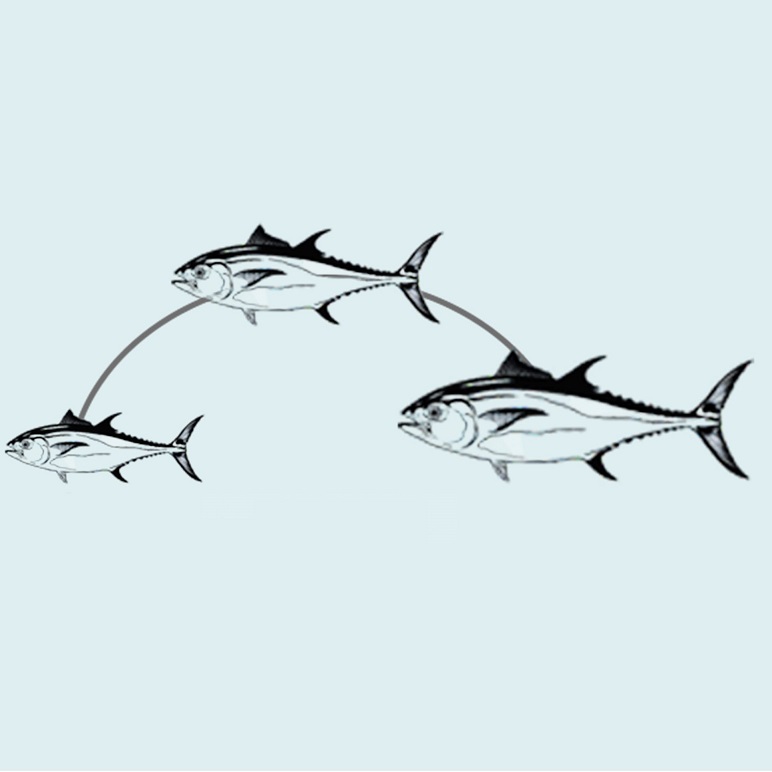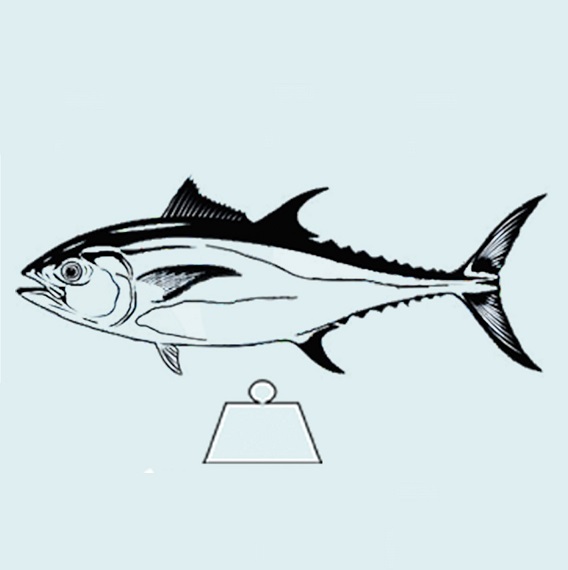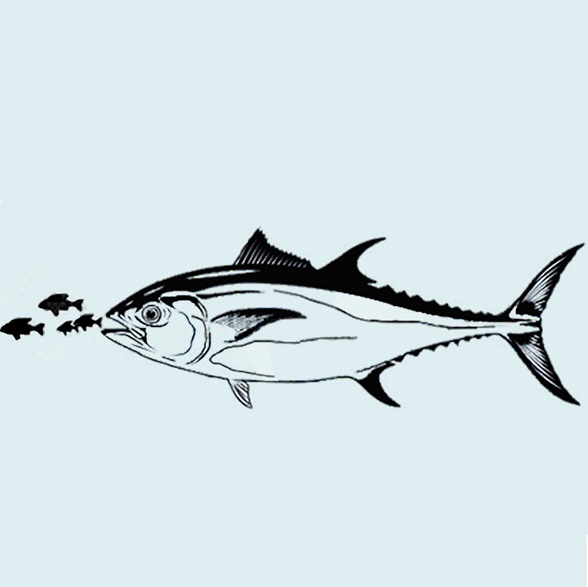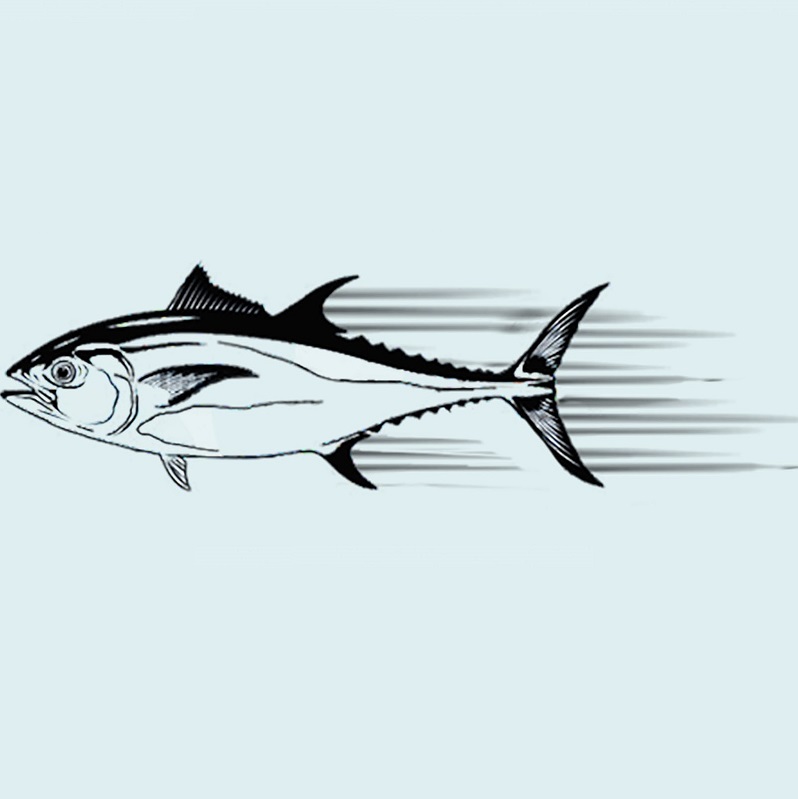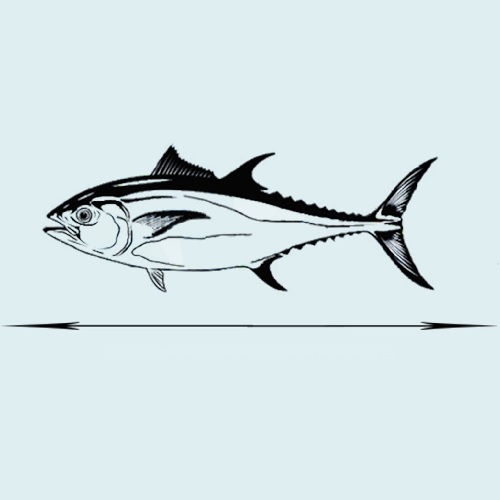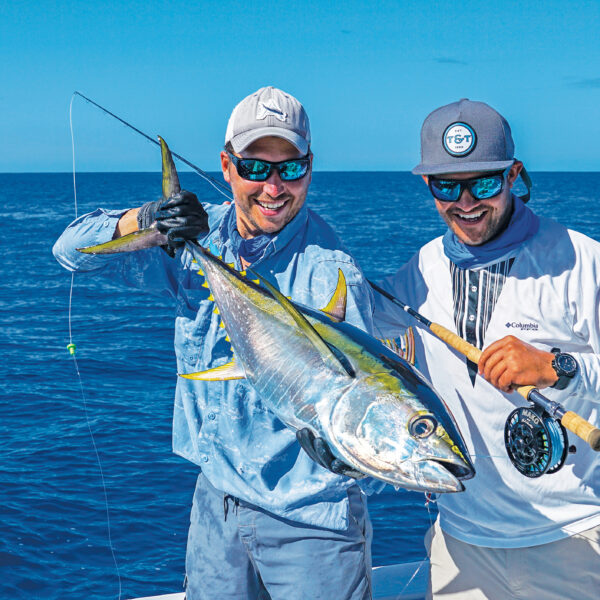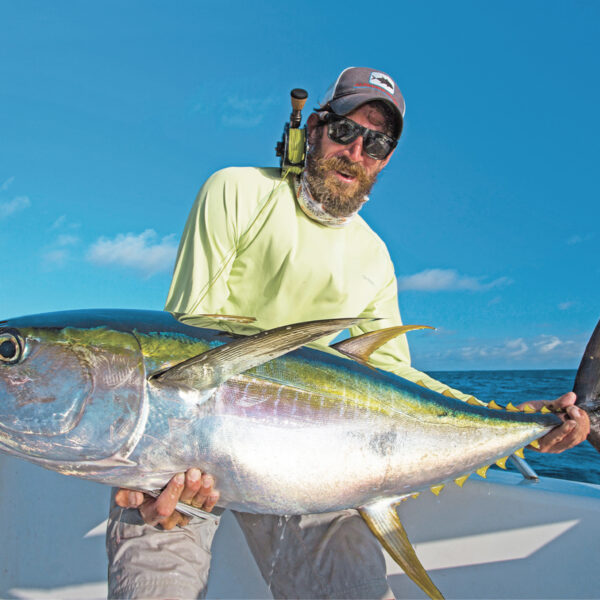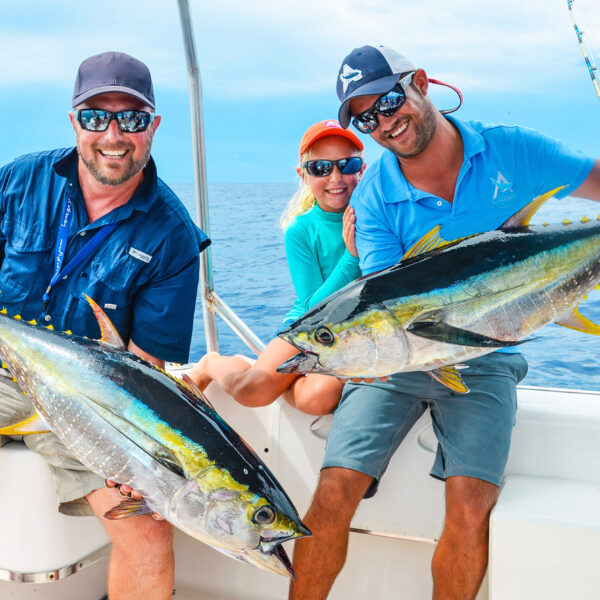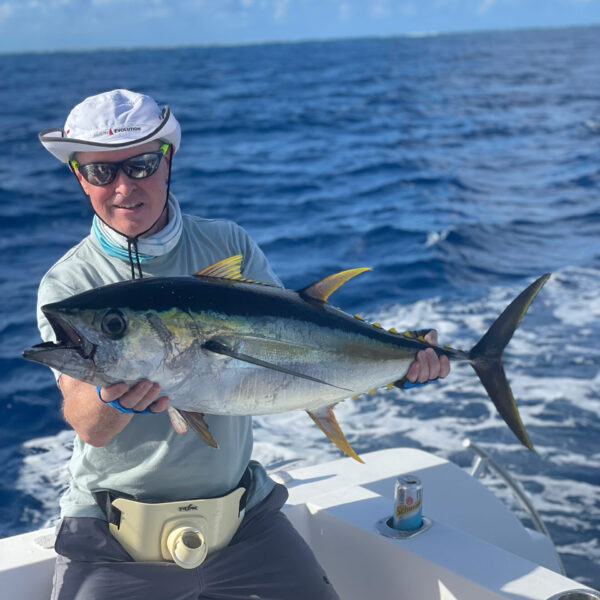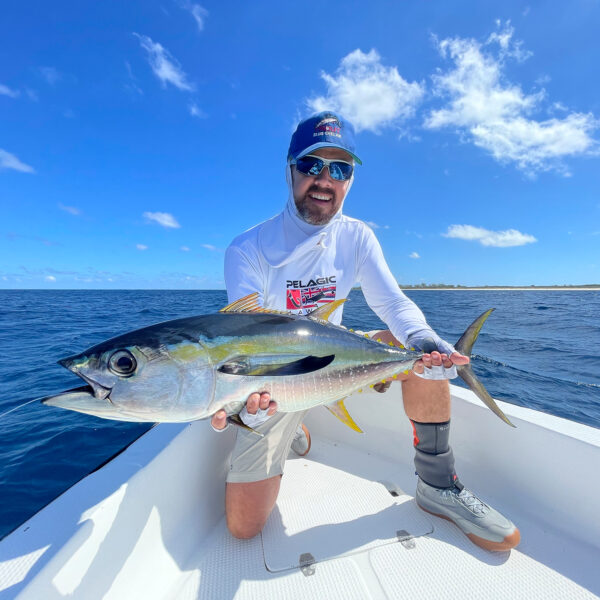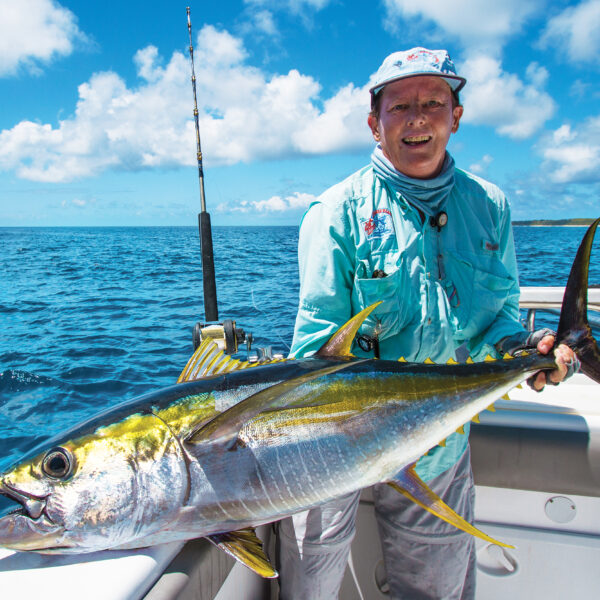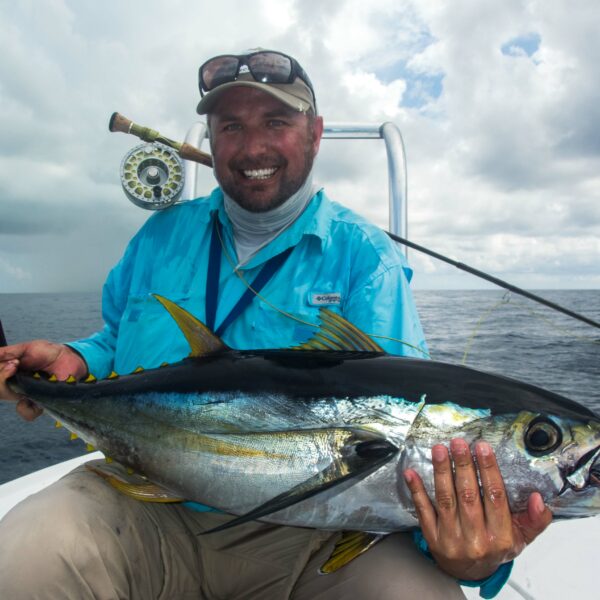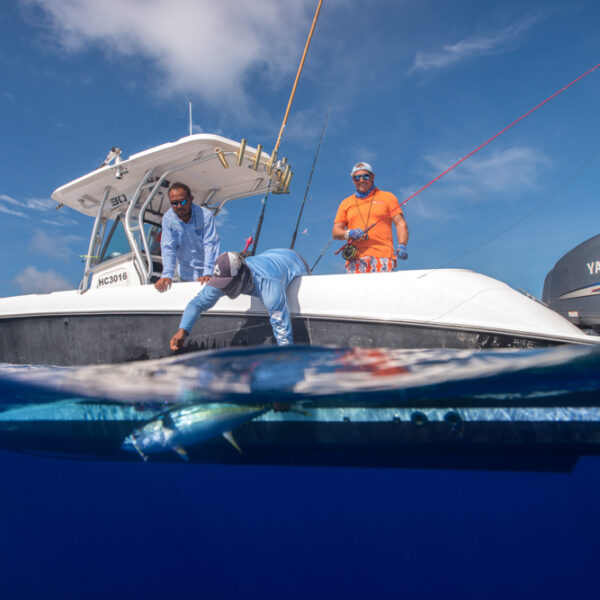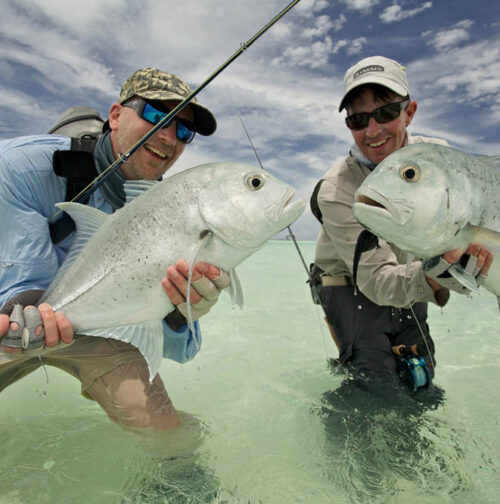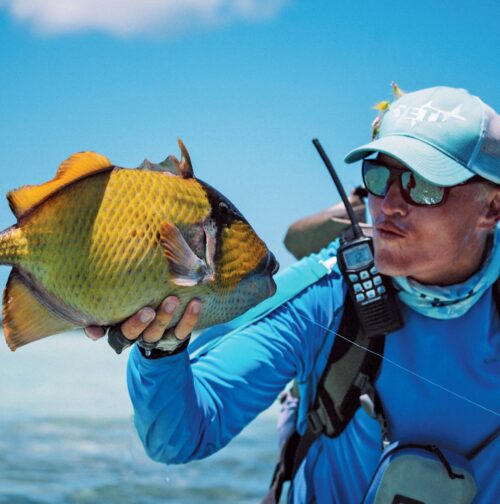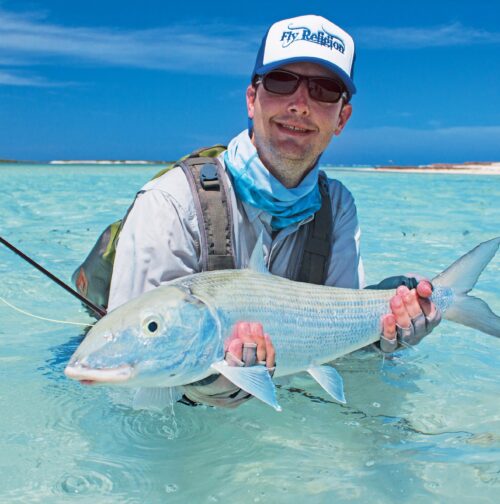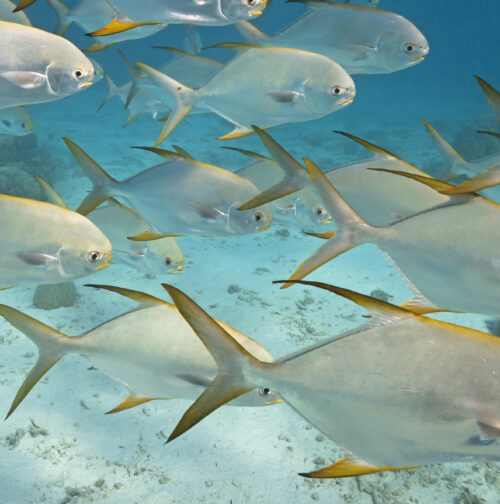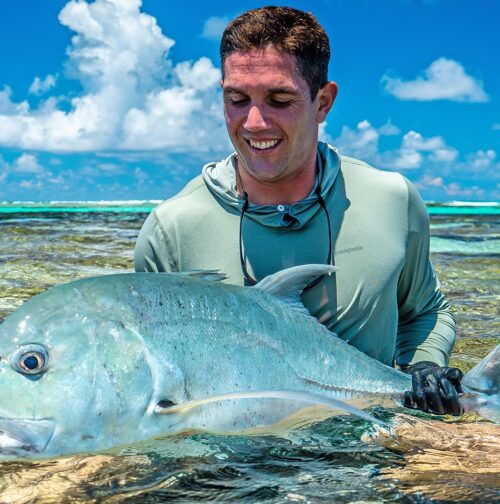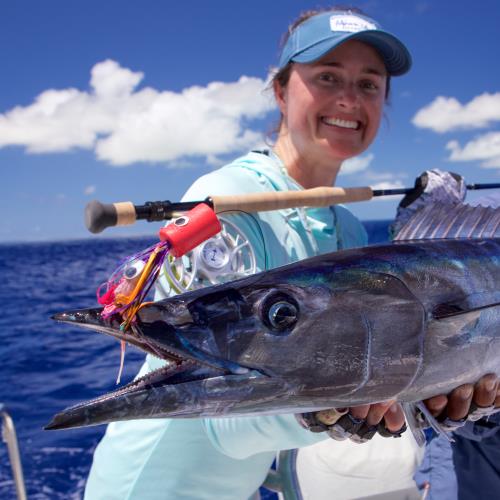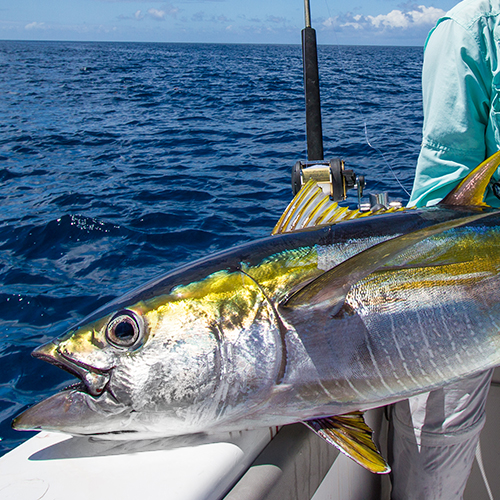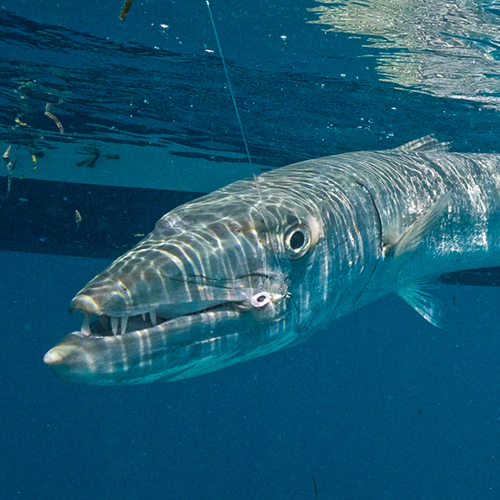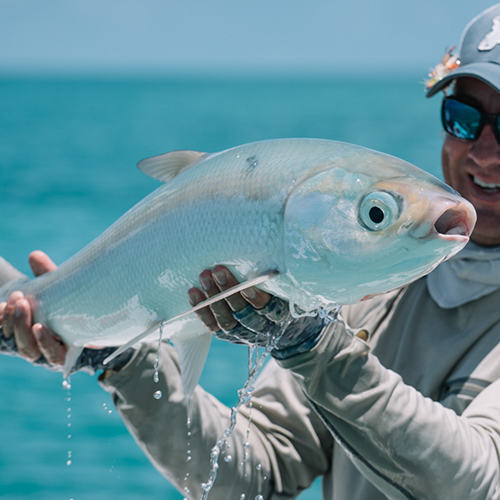Here are 2 flies that will always be in our guides’ boxes when on the hunt for a yellowfin tuna.
New Travel Regulations and Last Minute Availability
As of the 25th of March, Seychelles is welcoming guests from everywhere in the world, regardless of their vaccination status. The only requirement is a negative PCR test within 72 hours of departure, as well as a Health Travel Authorisation. Enjoy this opportunity to truly get away from the crowds and experience the blissful isolation offered by our destinations in the Outer Islands of Seychelles.
New Travel Regulations and Last Minute Availability
As of the 25th of March, Seychelles is welcoming guests from everywhere in the world, regardless of their vaccination status. The only requirement is a negative PCR test within 72 hours of departure, as well as a Health Travel Authorisation. Enjoy this opportunity to truly get away from the crowds and experience the blissful isolation offered by our destinations in the Outer Islands of Seychelles.

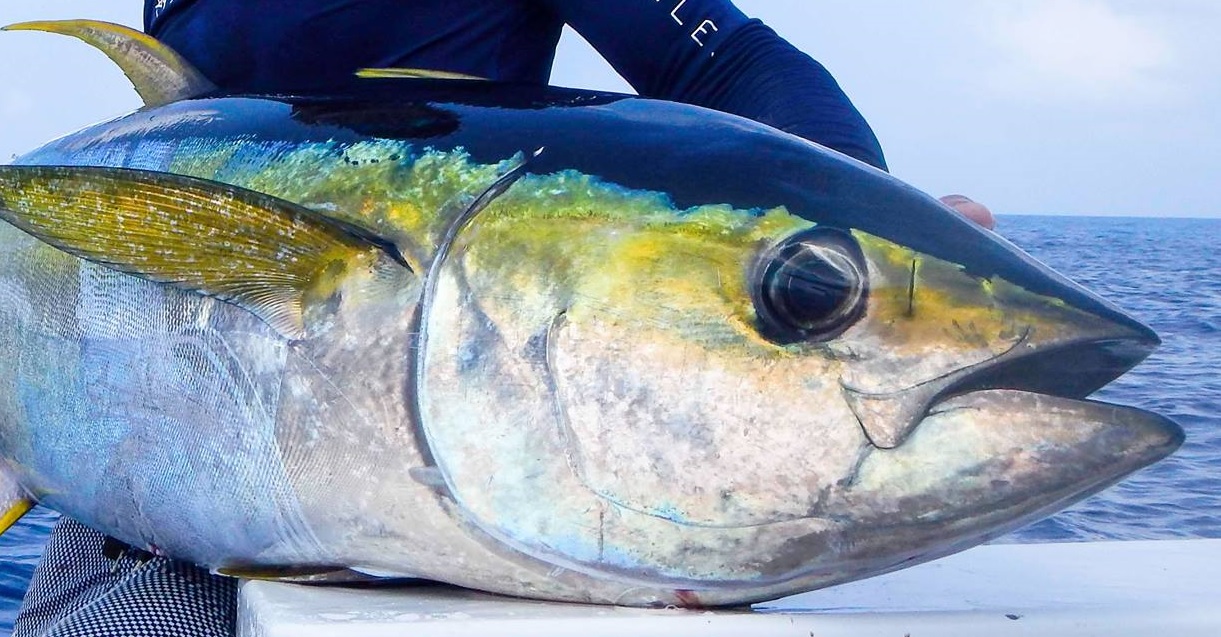
Yellowfin Tuna Fly Fishing
Yellowfin tuna (Thunnus albacares) are torpedo-shaped with a silver belly, inky metallic blue backs, and yellow sides. Both their dorsal fins and finlets are bright yellow. This fish species can be spotted in the (sub) tropical regions of the Atlantic, Pacific, and Indian Oceans. The Indian Ocean yellowfin tuna is found around the Seychelles Islands. Fly fishing for yellowfin tuna is hectic as they are prize fighters!
Anglers are still spoilt to be able to catch yellowfin tuna throughout the year, even though this fish species is one of the most overfished tuna species globally. Still, with
Alphonse Fishing Company’s strict catch and release policy, the fly fishing impact on marine life has been minimalised. Although the yellowfin tuna is not an easy catch–known to be aggressive, only skilled anglers manage to land one.
KEY FACTS ABOUT YELLOWFIN TUNA
The Search For Yellowfin Tuna
Spotting a yellowfin can sometimes be difficult as they don’t like to play with their food. There will most probably be a boil on the teaser or a splash, and your guide will urge you, often in an elevated tone, to drop your fly. There are also times when you will see the obvious feeding frenzy with birds dipping into the water to pick up bait; a sight like this may also produce breaching fish, and that’s where you will want to make your shot.
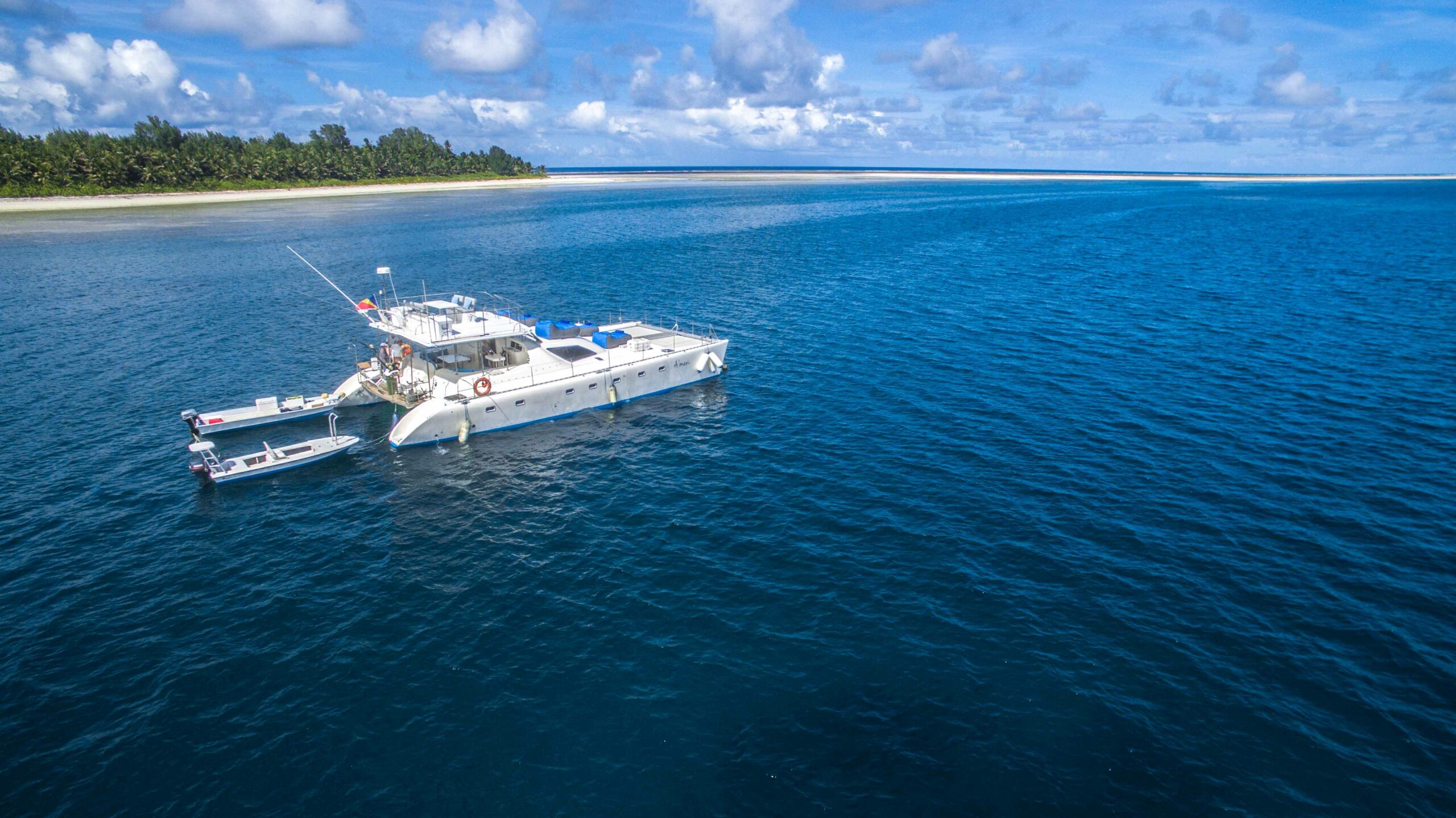
BEST FLIES FOR YELLOWFIN TUNA
-
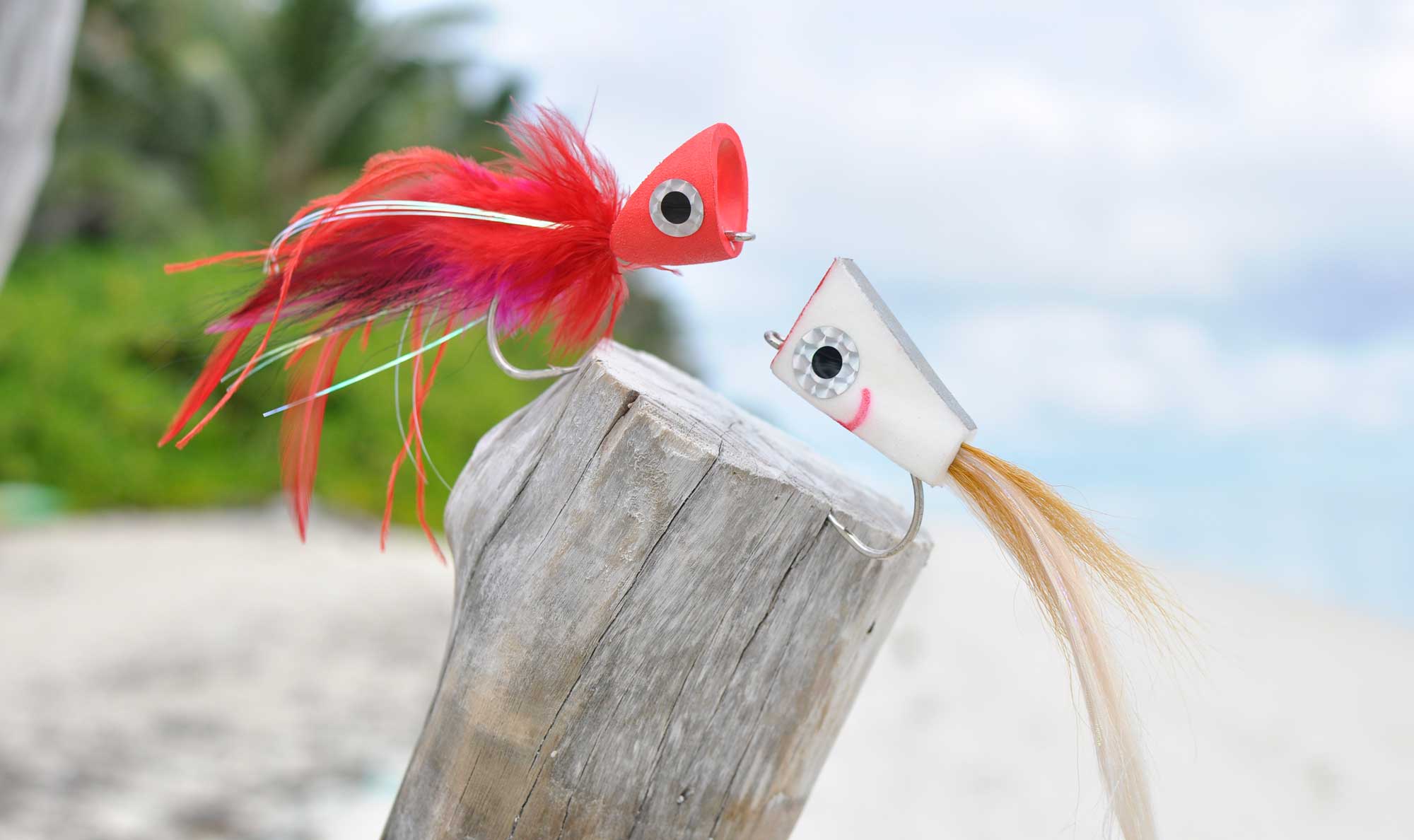
Not Your Average Popper
This popper is tied on an 8/0 Gamakatsu hook and resembles most baitfish, but most importantly makes some noise when stripped through the water. Hook quality has a lot to do with the fly chosen for this job, as tuna fish are very quick to bend out or break poor-quality designs.
 available On Island
available On Island
-
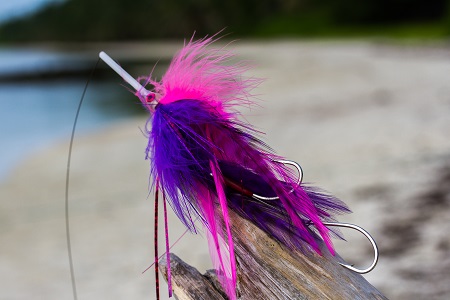
Tandem Tube Fly
A Tandem Tube Fly not bigger than 20 cm in length with lots of flash will work great. These flies work well because, like most others, they appeal to a fish’s carnal instinct, causing it not to think twice and eat. Flies that have a lot of flash seem to work well with enticing these fish.
 available On Island
available On Island
Best Yellowfin Tuna Rod Set Up
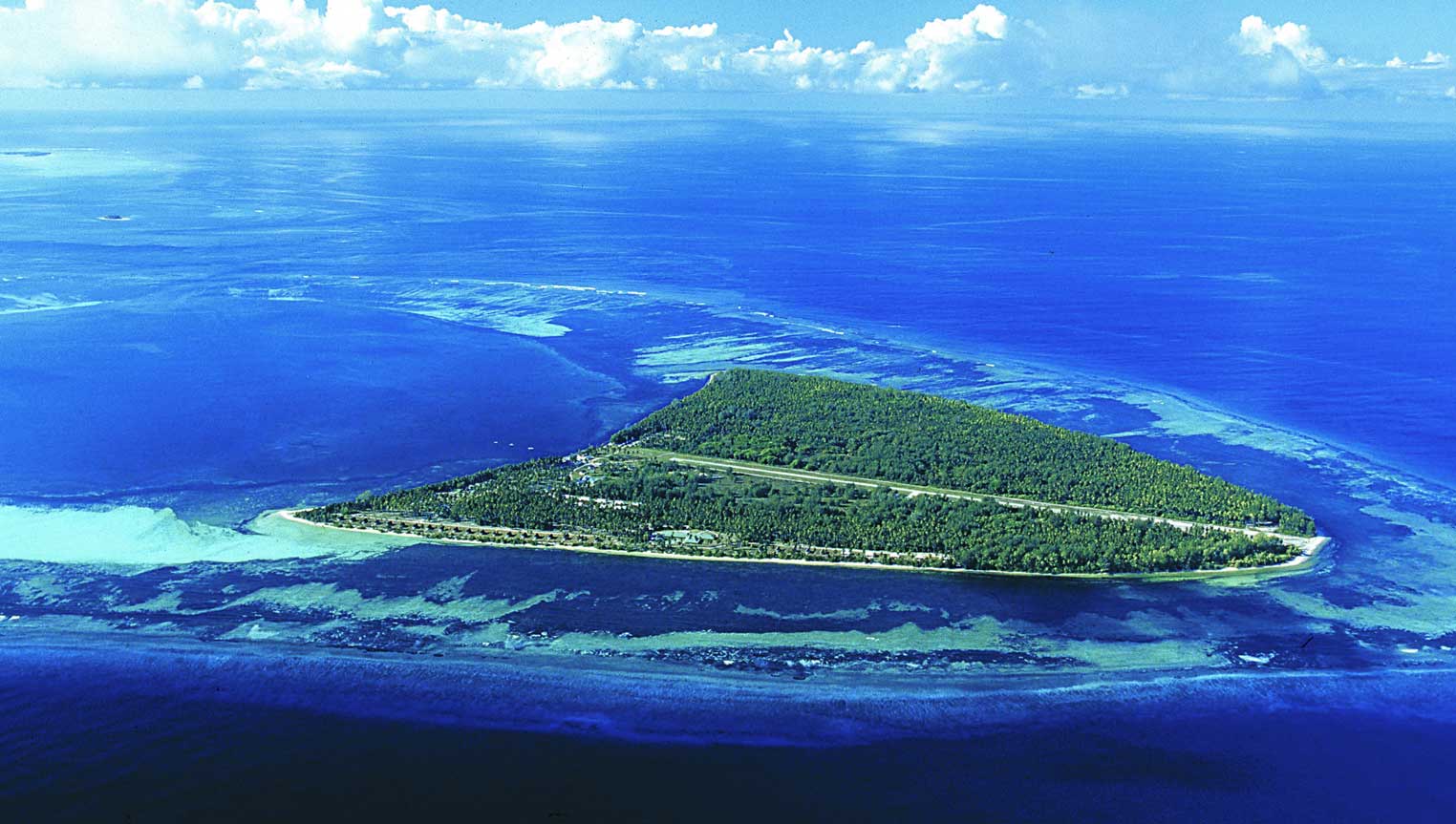
Best Tides For Yellowfin Tuna
The best tides for targeting these beautiful saltwater fish would be on a spring pushing tide and an hour before the drop on a neap tide fishing right into the high tide. The main reason for this is because the areas where we fish for the tuna are more than likely affected by dirty water leaving the flats of nearby atolls, which in turn affects the visibility for these fish to feed.
Making The Catch
Now, if the yellowfin that you are trying to catch has come up on a teaser and your fly is in the water, then give it a couple of strips to try and create some disturbance. More often than not, these fish travel in schools, and there will be more fish around. Alternatively, if you’ve spotted your fish in a feeding frenzy, your guide will position you in the spot where, even if you think you’re casting in the wrong direction, those fish will circle back round to where your fly is. In both cases, constant contact with your line is a must, and we suggest popping your fly to create the most disturbance and strip setting once the fish has grabbed the fly. Absolutely no rod setting as this will pull the fly away from the fish.
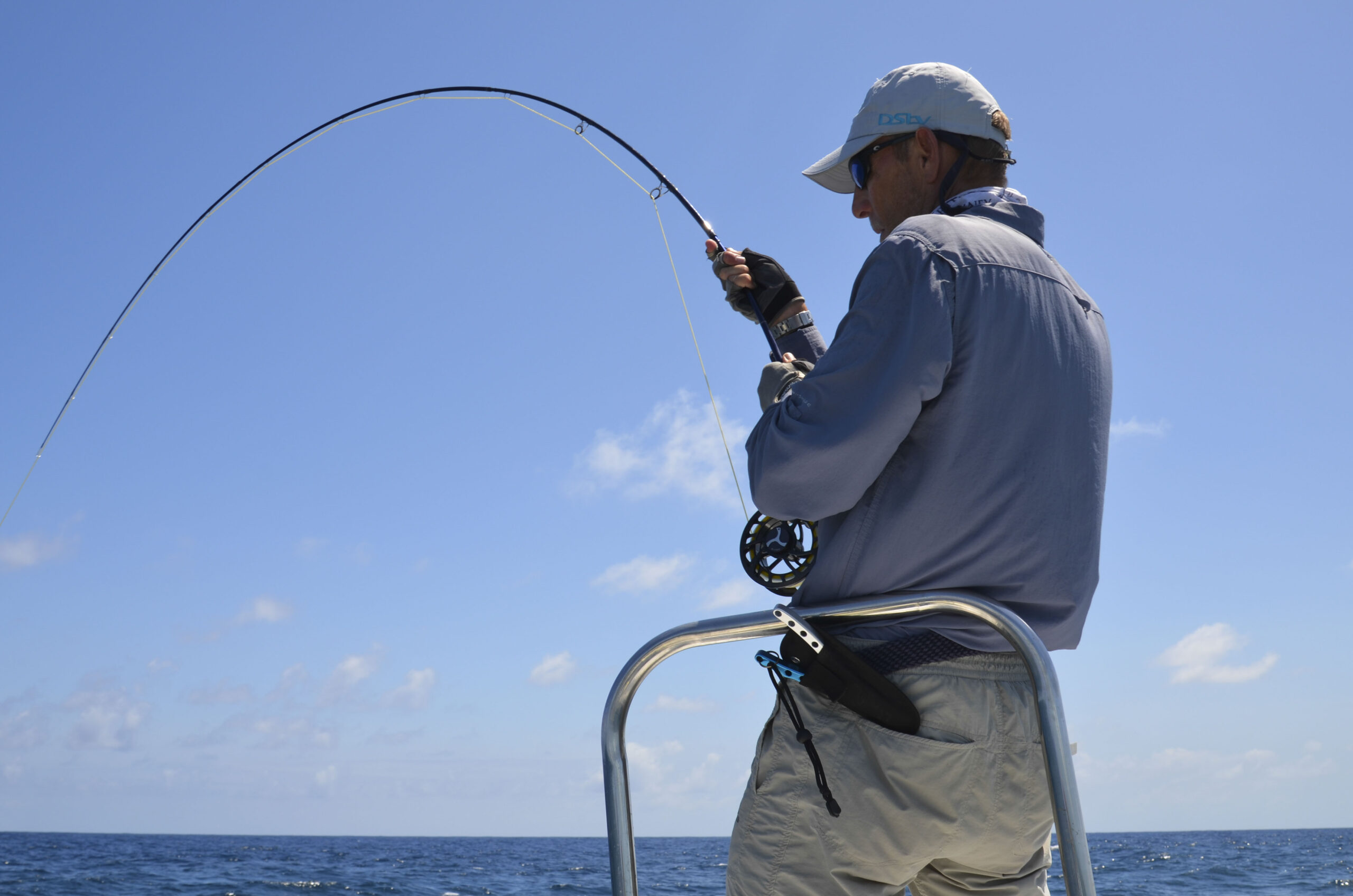
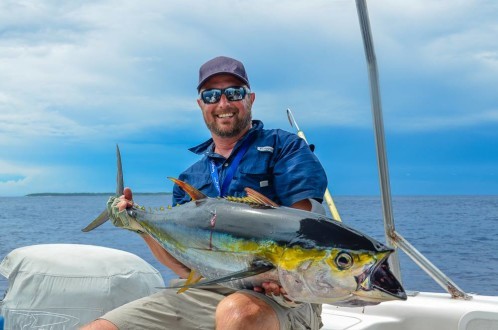
PAST CATCHES

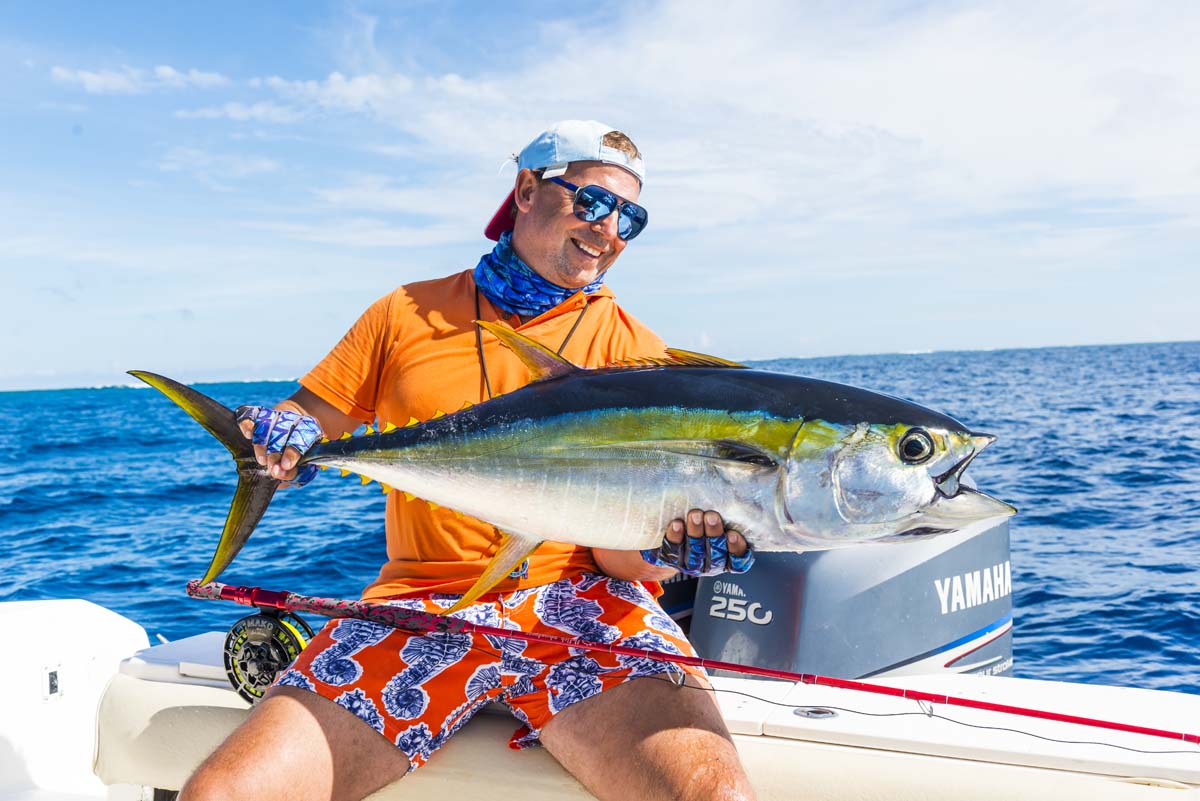
DESTINATIONS
-
Alphonse Atoll
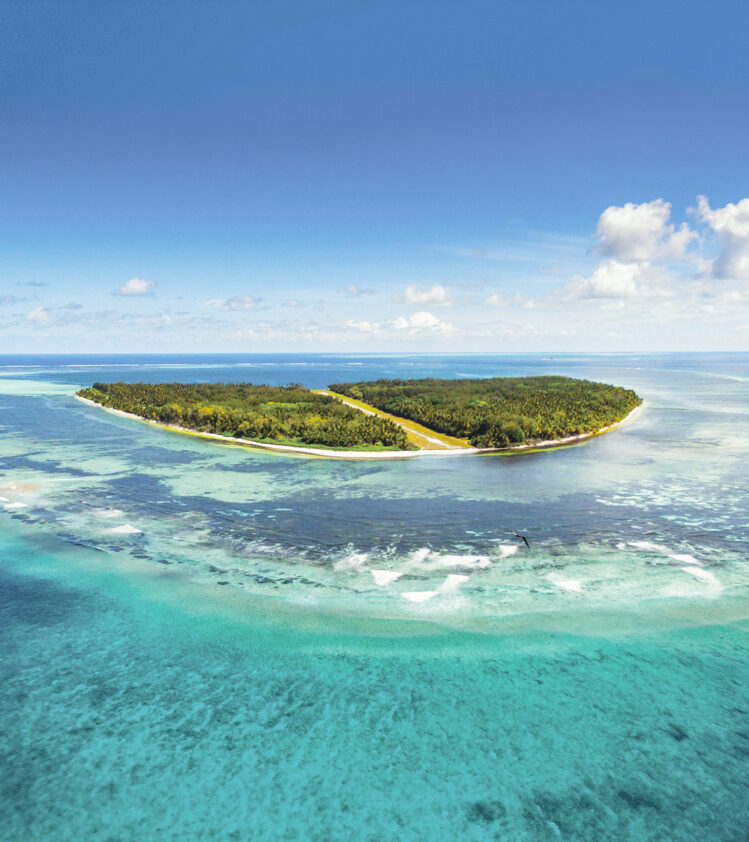 View Destination
View DestinationAlphonse Atoll
Three atolls and islands called Alphonse, Bijoutier and St Francois.
-
Cosmoledo Atoll
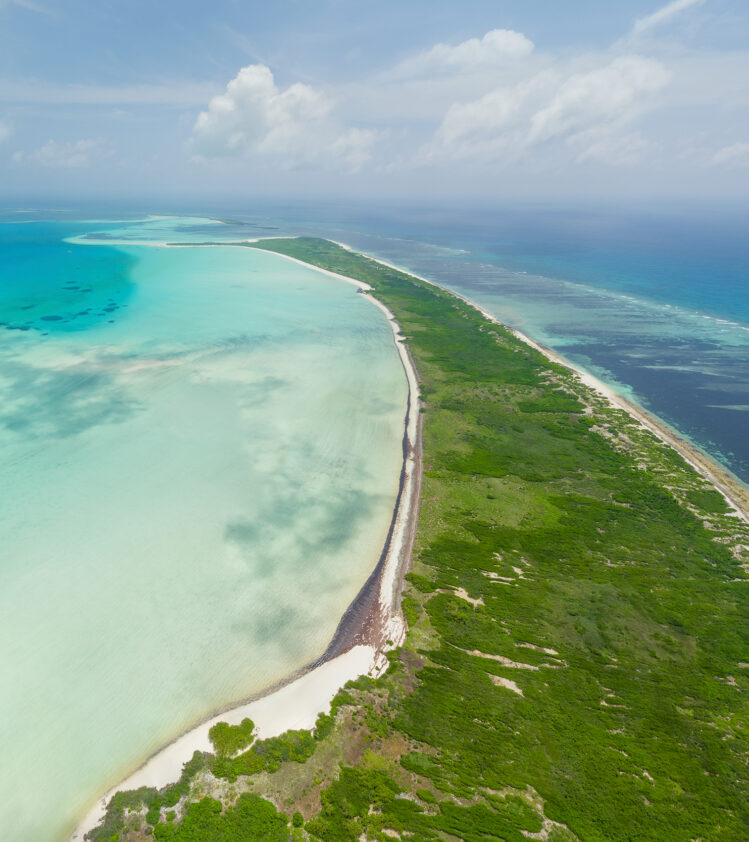 View Destination
View DestinationCosmoledo Atoll
One atoll with a vast lagoon surrounded by nineteen islands.
-
Astove Atoll
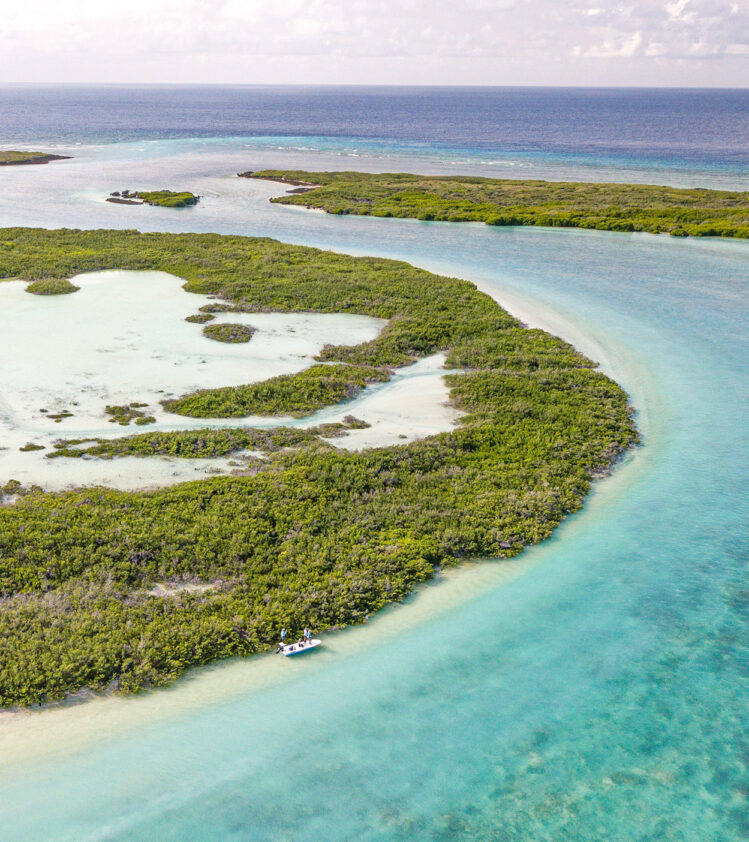 View Destination
View DestinationAstove Atoll
One atoll with an enclosed lagoon surrounded by flats and sheer drop offs.
-
Farquhar Atoll
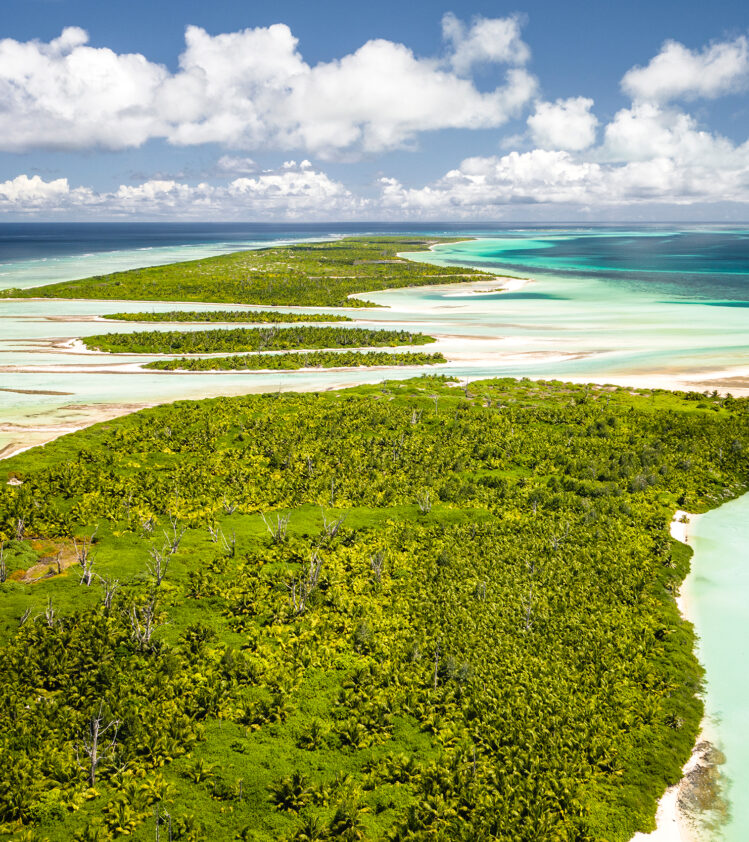 View Destination
View DestinationFarquhar Atoll
One atoll with a vast lagoon surrounded by nine islands.
-
Amirante Islands
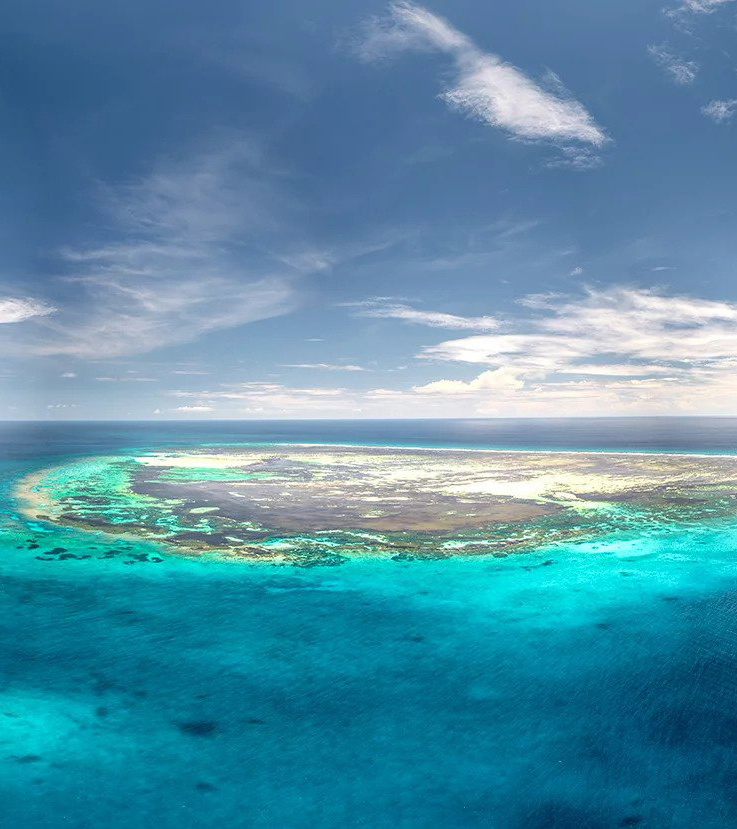 View Destination
View DestinationAmirante Islands
African Banks, Remire Reef, St Joseph’s Atoll and Poivre Atoll.
-
Providence Atoll
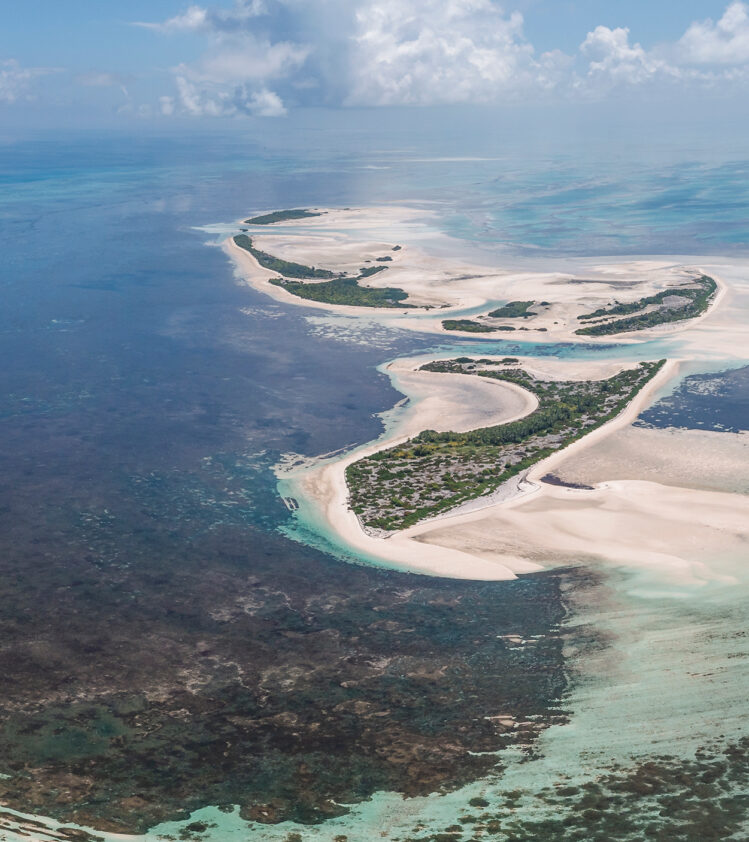 View Destination
View DestinationProvidence Atoll
One vast atoll with a shallow lagoon, sand banks, flats and channels.
MAKE YOUR YELLOWFIN TUNA FISHING DREAM COME TRUE
Turn your fly into a fish’s ultimate temptation. The Seychelles, with its 115 islands and deserted atolls, ideal weather and warm Indian Ocean waters, is renowned for being home to some of the world’s richest fishing grounds. You don’t even have to venture too far to break fishing records!
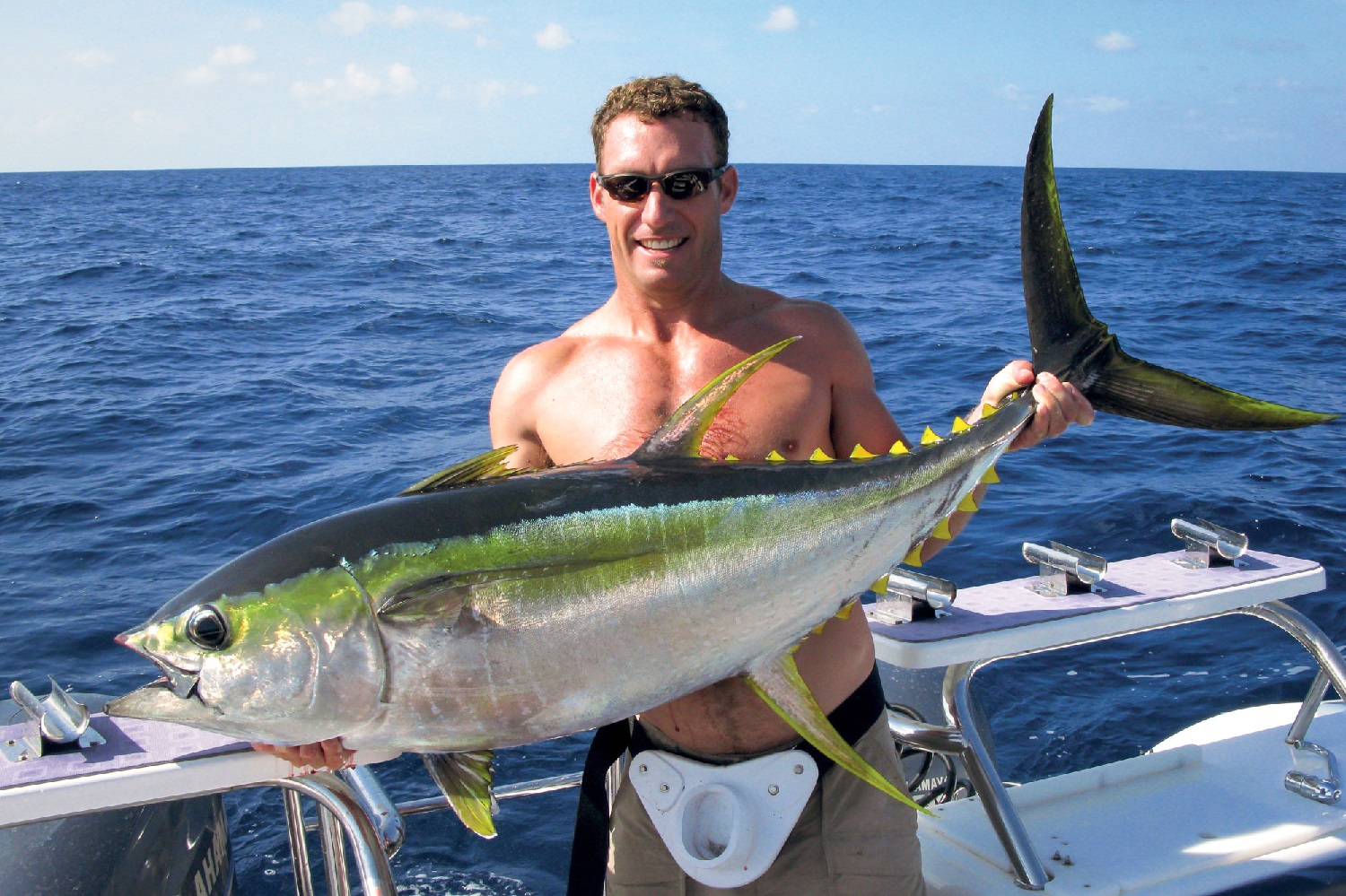
Highlights
- Home of the world's best fly fishing
- Unique, bespoke trips to suit your needs
- Located in the pristine remote outer islands of the Seychelles
- Luxury accommodation and exquisite food
- Unrivalled professional guides
- Some of the richest fishing grounds in the world
Latest Blog Posts
-
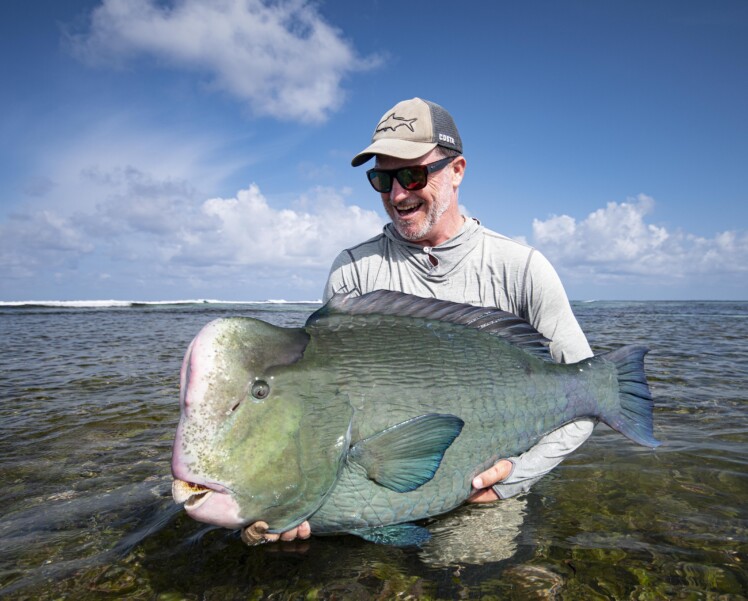
OPENING WEEK – PROVIDENCE ATOLL (22 – 29 JAN 2023)
Read More -
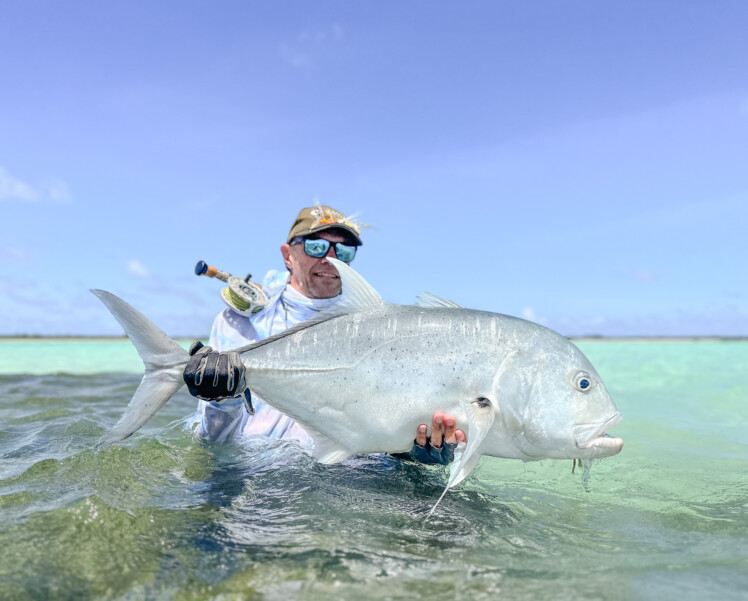
FARQUHAR ATOLL FLY FISHING REPORT (18 – 25 JAN 2023)
Read More -

ALPHONSE ISLAND FLY FISHING REPORT (14 – 21 JAN 2023)
Read More
Popular Species
Join our fishing community
Join our community to get regular updates about our fishing adventures, guide updates and special offers.
